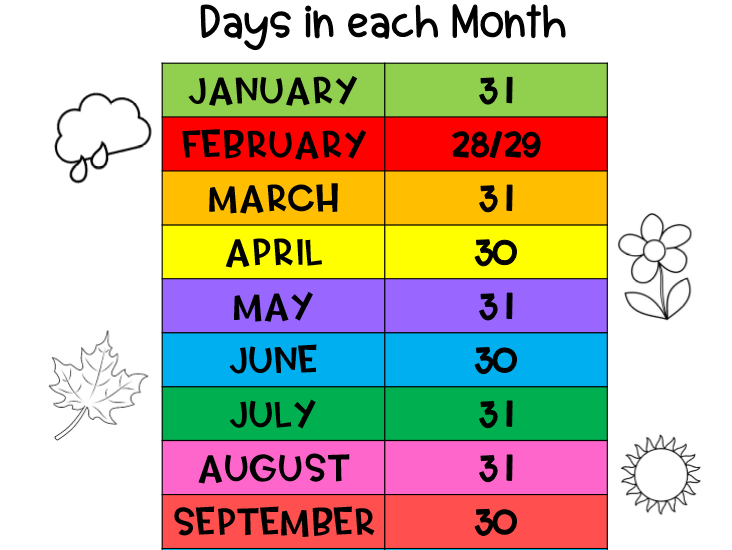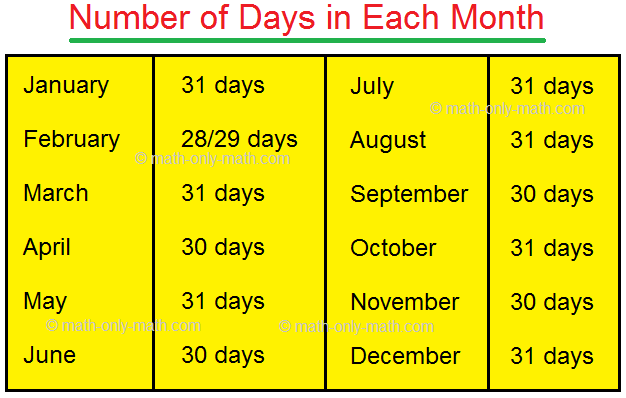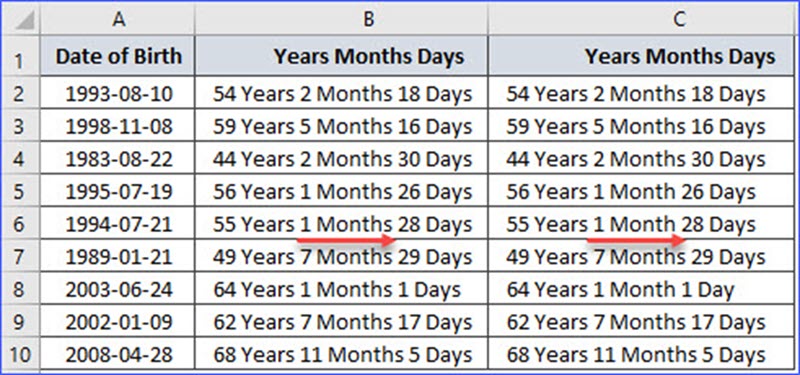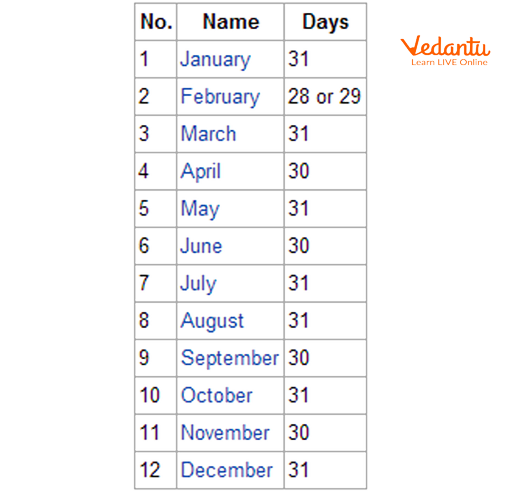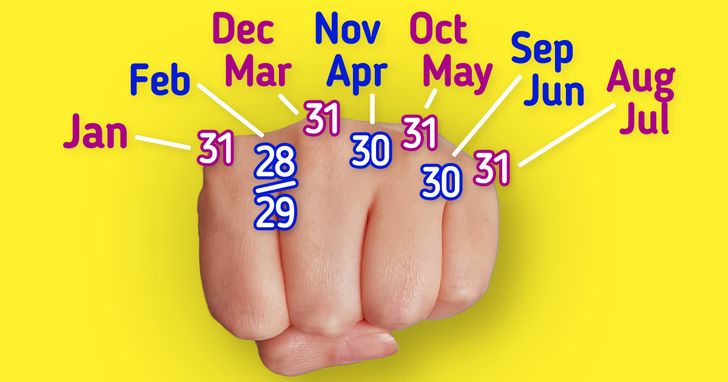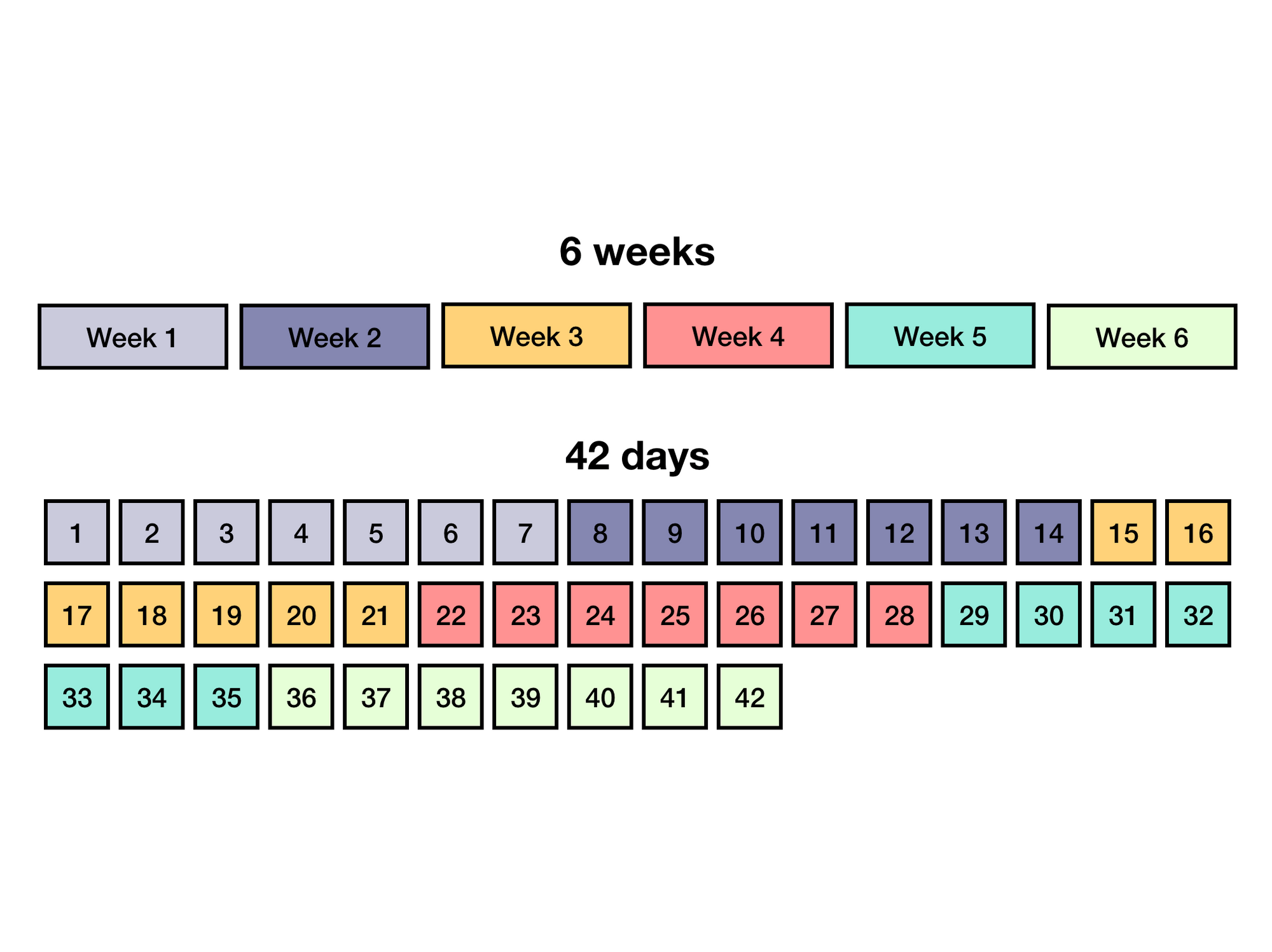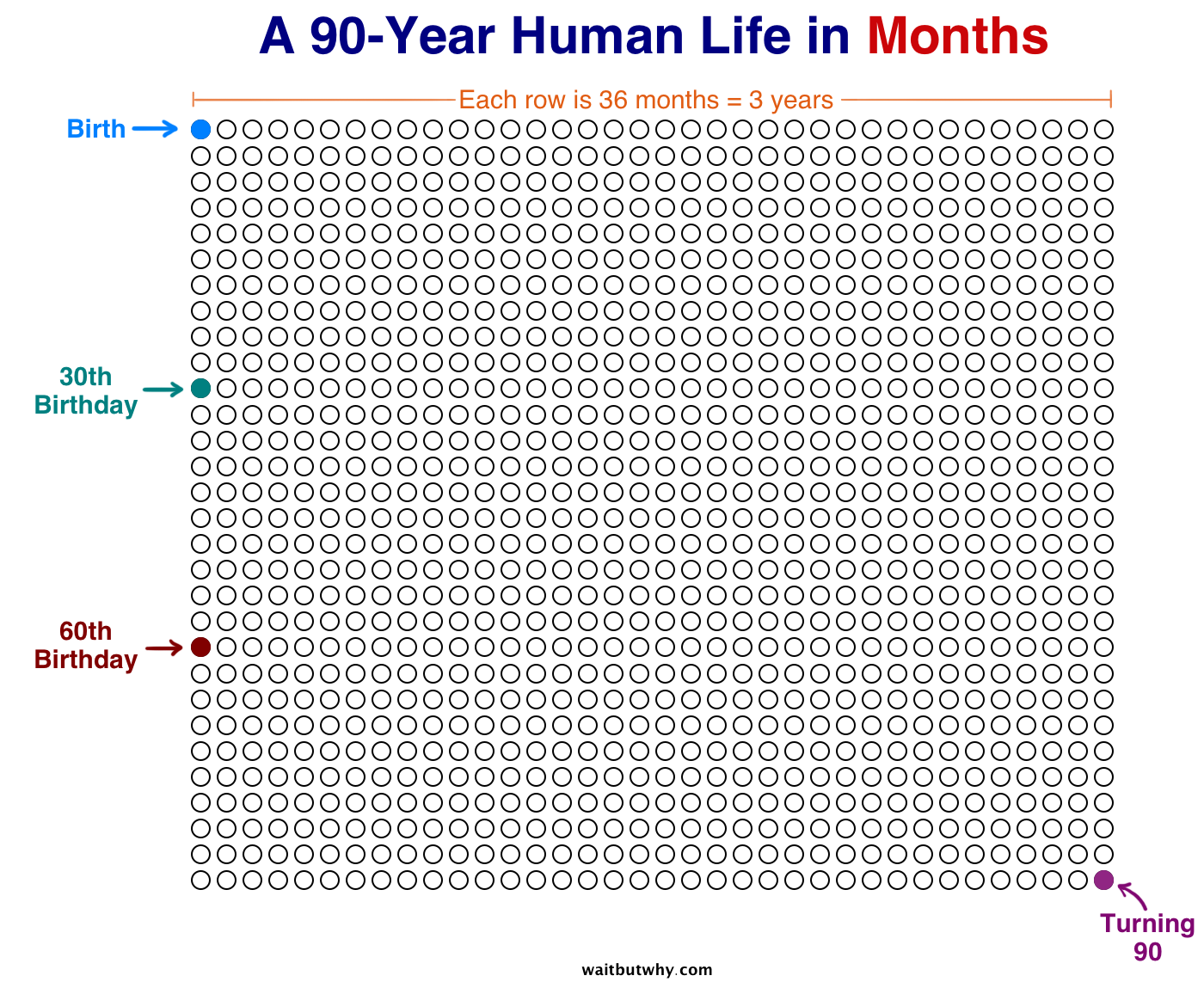How Long Is 87 Days In Months

Imagine gazing out of your window, the sun casting a gentle glow on the leaves turning from summer green to autumnal gold. You’re counting down the days until a special occasion, a long-awaited vacation, or perhaps the arrival of a new family member. But as the days blur together, you find yourself pondering a simple yet intriguing question: Just how long is 87 days in months?
This article delves into the seemingly straightforward query of converting 87 days into months, exploring the nuances that make this calculation more complex than it initially appears. We’ll uncover the various ways to approach this conversion, considering the variability in the length of months and offering practical insights to make accurate estimations. Whether you’re planning for the future or simply curious, understanding this conversion can be surprisingly useful in everyday life.
The Simple Calculation: Dividing by 30
At first glance, converting days to months seems like a simple division problem. Since we often think of a month as roughly 30 days, a quick calculation would be 87 days divided by 30 days per month.
This yields approximately 2.9 months. It's a decent starting point for a rough estimate.
However, this approach overlooks a crucial detail: months aren't all the same length. They range from 28 (or 29 in leap years) to 31 days.
Accounting for Monthly Variability
The Gregorian calendar, which is the most widely used calendar in the world, includes months of varying lengths: January (31 days), February (28 or 29 days), March (31 days), April (30 days), May (31 days), June (30 days), July (31 days), August (31 days), September (30 days), October (31 days), November (30 days), and December (31 days).
To get a more accurate conversion, we need to consider the average length of a month. This helps to reduce the error introduced by simply dividing by 30.
The average month length is calculated by summing the number of days in a year (365 or 366 in a leap year) and dividing by 12. This gives us approximately 30.44 days per month (365.25/12=30.4375 rounded to 30.44).
Using this average, we can recalculate: 87 days divided by 30.44 days per month is approximately 2.86 months. This is slightly different than our initial estimate, reflecting a more accurate picture.
A Practical Approach: Counting on a Calendar
For the most precise answer, especially when timing specific events, nothing beats a direct count on a calendar. Mark a starting date and count forward 87 days.
Observe which month the 87th day falls into. This will show the exact number of months and remaining days.
For example, if you start counting from October 1st, 87 days would land you around December 27th. This encompasses almost three months but it is not quite a full three months.
The Significance of Context
The context in which you need this conversion significantly impacts the acceptable margin of error. If you’re planning a social media campaign, a general estimate might suffice.
However, for critical calculations like contractual obligations or medical treatments, precision is paramount. In such situations, consult a calendar.
Consider this: if you are determining the duration of a rental agreement, using a calendar provides a concrete and unambiguous answer.
Leap Years and Their Influence
Every four years, February gains an extra day, a phenomenon known as a leap year. This affects the average length of a month slightly, making it crucial to account for leap years in long-term calculations.
Ignoring leap years over extended periods can lead to significant discrepancies. For instance, over a decade, the accumulated extra days can alter long term planning.
Therefore, consider the presence of a leap year if your 87-day period spans across February of a leap year. The difference might be small, but it ensures greater accuracy.
Tools and Resources for Conversion
In today’s digital age, several online tools and calculators can perform these conversions instantly. Websites like Time and Date and other specialized converters offer precise calculations, taking into account varying month lengths and leap years.
These tools often allow you to specify the start date, giving you an exact end date after 87 days. They simplify the process and eliminate the need for manual counting.
Moreover, many calendar applications on smartphones and computers have built-in date calculation features. These resources can be invaluable in both personal and professional settings.
Why Does It Matter?
Understanding how to convert days to months has practical applications. Consider project management, where timelines are crucial for success. A project slated to last 87 days needs to be accurately placed within a timeframe of months.
Another instance is financial planning. Calculating interest accrual or loan repayment periods requires knowing the exact duration in months and days.
Even in everyday life, knowing this conversion can help with planning vacations, countdowns to events, or managing personal projects efficiently.
The Psychological Impact of Time Perception
Our perception of time is subjective. 87 days may seem short or long, depending on what fills those days. When anticipated, they can crawl by; but when preoccupied, they can fly by.
Psychologically, framing a period in months can provide a broader perspective. It can create a sense of progress and accomplishment, especially when working towards long-term goals.
Knowing that 87 days equates to nearly three months can make a task seem more manageable, breaking it down into understandable segments.
Conclusion: Embracing the Nuances of Time
While the initial question, "How long is 87 days in months?" seems straightforward, it reveals the complex and fascinating nature of timekeeping. The answer lies somewhere between 2.86 and 2.9 months, depending on the method and precision required.
By considering the varying lengths of months, the influence of leap years, and the context of the calculation, we can navigate time with greater accuracy and confidence. Time is a valuable resource, and understanding how to measure it effectively allows us to plan, manage, and appreciate each moment.
So, the next time you find yourself counting down the days, remember that even a simple conversion can unveil the intricate beauty of time and the calendars we use to organize our lives. Let it be a reminder to savor each passing day as you journey through the months ahead.

